Home>Maintenance & Safety>Pest Control Solutions>What Are Yellow Jackets Purpose
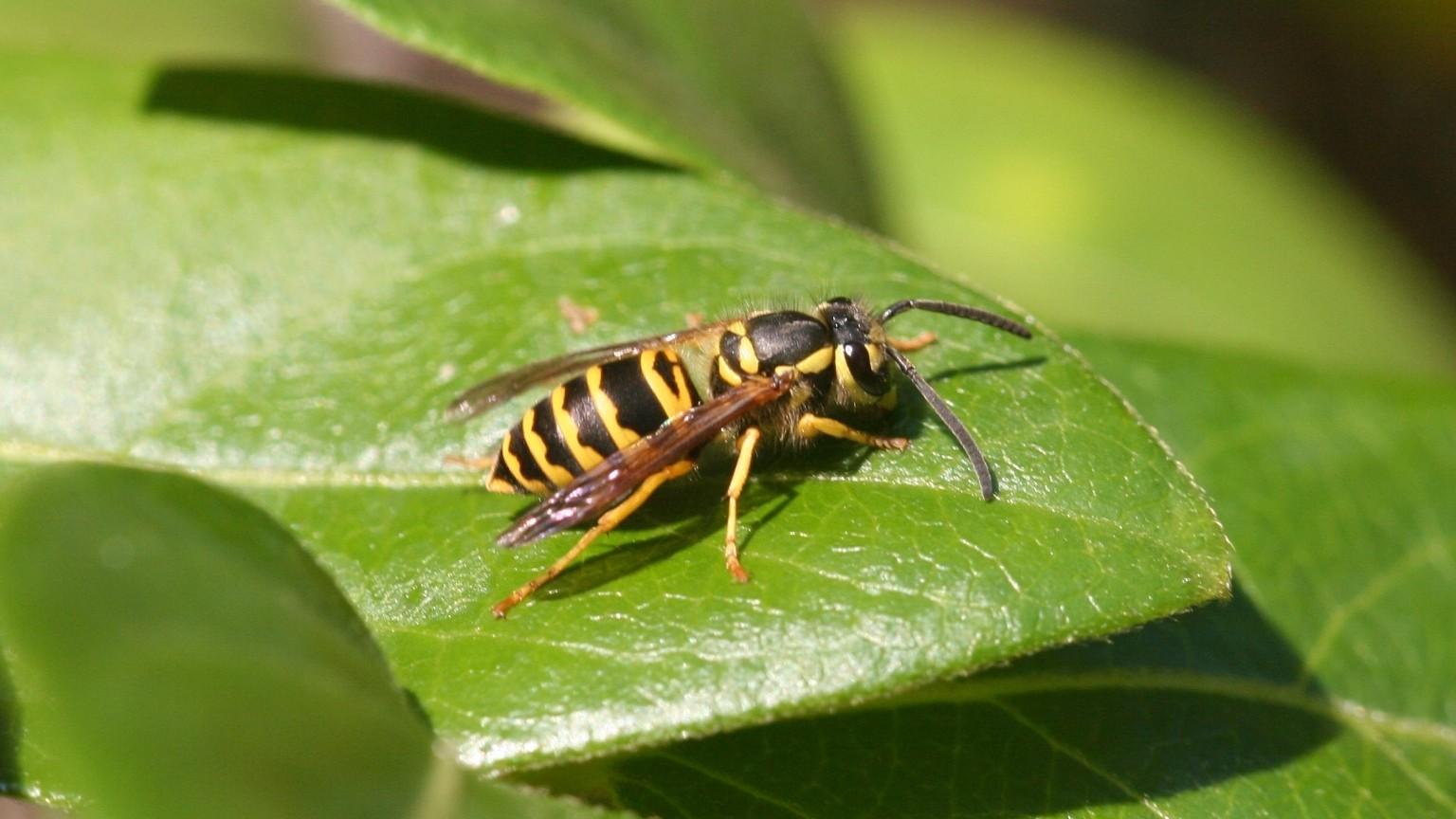

Pest Control Solutions
What Are Yellow Jackets Purpose
Published: February 13, 2024
Learn about the purpose of yellow jackets and effective pest control solutions to keep them at bay. Discover how to manage yellow jacket infestations.
(Many of the links in this article redirect to a specific reviewed product. Your purchase of these products through affiliate links helps to generate commission for Storables.com, at no extra cost. Learn more)
Introduction
Yellow jackets, often mistaken for bees due to their similar appearance, are a species of wasps that play a significant role in the ecosystem. These insects are known for their distinctive yellow and black markings, as well as their notorious reputation for aggressive behavior when provoked. While they may evoke fear in many individuals, it is essential to understand the vital role they play in the environment.
Yellow jackets are not merely pests; they serve a purpose in the delicate balance of nature. Understanding their behavior, social structure, and impact on the ecosystem is crucial for effective pest control and maintaining ecological harmony. In this article, we will delve into the multifaceted nature of yellow jackets, exploring their ecological significance, impact on agriculture, behavior, and effective methods for controlling their populations.
By gaining a deeper understanding of these often-misunderstood insects, we can appreciate their place in the natural world and learn how to coexist with them in a way that minimizes conflict and maximizes the benefits they bring to the environment.
Key Takeaways:
- Yellow jackets are more than just pests – they help keep the ecosystem in balance by controlling insect populations and unintentionally pollinating plants. Understanding their role is crucial for effective pest management.
- Yellow jackets can impact agriculture by damaging crops and posing a threat to livestock. Implementing pest control strategies, such as nest removal and trapping, is essential for minimizing their negative effects on farming.
Read more: What Is Yellow Jackets About
The Role of Yellow Jackets in the Ecosystem
Yellow jackets, despite their reputation as aggressive pests, play a crucial role in the ecosystem. As predatory insects, they contribute to the regulation of various insect populations, thus impacting the balance of the ecosystem. Their diet primarily consists of other insects, including caterpillars, flies, and spiders. By preying on these species, yellow jackets help control their populations, preventing potential outbreaks that could disrupt the ecological equilibrium.
In addition to their predatory role, yellow jackets also serve as pollinators. While they are not as efficient as bees, they do contribute to the pollination of certain plants. As they forage for food, they inadvertently transfer pollen from one flower to another, facilitating the reproductive processes of various plant species. This incidental pollination aids in the maintenance of plant diversity and the sustenance of numerous ecosystems.
Furthermore, yellow jackets are an essential food source for various predators, including birds, reptiles, and mammals. Their presence in the food chain supports the survival and well-being of these animals, contributing to the overall biodiversity of the environment. Without yellow jackets as a food source, the populations of their predators could be adversely affected, potentially disrupting the delicate balance of the ecosystem.
It is important to recognize that despite their nuisance to humans, yellow jackets fulfill a vital role in maintaining the ecological harmony of their habitats. Their predatory behavior, incidental pollination, and contribution to the food chain collectively underscore their significance in the intricate web of life. Understanding and respecting their ecological role is essential in fostering a holistic approach to pest management and environmental conservation.
Yellow Jackets' Impact on Agriculture
Yellow jackets, despite their ecological significance, can have a notable impact on agricultural activities. Their foraging behavior and predatory nature can directly affect crop production and the well-being of livestock. One of the primary concerns related to yellow jackets in agriculture is their attraction to sugary substances, particularly ripe fruits and nectar-producing plants. This inclination often leads them to agricultural settings, where they can become a nuisance and pose a threat to both crops and farm animals.
In orchards and vineyards, yellow jackets are drawn to the sweet juices of ripened fruits, such as apples, grapes, and peaches. Their presence can result in significant economic losses, as they feed on the fruits, causing damage and rendering them unsuitable for commercial sale. Additionally, their aggressive behavior when disturbed can deter farmworkers from tending to the crops, further impacting agricultural productivity.
Furthermore, yellow jackets can pose a threat to bee colonies, which are essential for pollinating many agricultural crops. As opportunistic predators, they may attack and consume honeybees, disrupting the pollination process and potentially reducing crop yields. This interference with pollination can have far-reaching consequences for agricultural production, affecting the quality and quantity of various crops.
Livestock, particularly during the late summer and early fall, are also susceptible to the presence of yellow jackets. These insects are attracted to animal feed, especially sweet substances, and can disrupt feeding routines. Additionally, their stings can cause distress and harm to livestock, leading to potential health issues and decreased productivity.
In light of these concerns, it is crucial for farmers and agricultural practitioners to implement effective pest management strategies to mitigate the impact of yellow jackets on agricultural activities. By employing integrated pest management techniques and utilizing traps specifically designed for yellow jackets, farmers can minimize the negative effects of these insects on crop production and livestock well-being.
Understanding the impact of yellow jackets on agriculture underscores the need for proactive measures to address their presence in farming environments. By acknowledging and addressing these challenges, agricultural stakeholders can work towards sustainable coexistence with yellow jackets while safeguarding the productivity and welfare of agricultural operations.
Yellow Jackets' Behavior and Social Structure
Yellow jackets, known for their distinct black and yellow markings, exhibit complex behavior and possess a highly organized social structure. Understanding these aspects is crucial for effectively managing their populations and minimizing conflicts with humans.
Foraging Behavior:
Yellow jackets are highly efficient foragers, constantly seeking food sources to sustain their colonies. Their diet primarily consists of sugars and proteins, which they obtain from various sources, including nectar, fruits, and other insects. This foraging behavior often brings them into close proximity with human-inhabited areas, leading to potential conflicts.
Read more: What Are Yellow Jackets Good For
Nesting Habits:
Yellow jackets are social insects that construct intricate nests, typically underground or in aerial locations such as trees or buildings. The nests are constructed from chewed wood fibers mixed with saliva, forming a papery material. The colonies are perennial, with the queen overwintering and reemerging in the spring to initiate a new colony. As the season progresses, the colony grows in size, with the queen laying eggs and the worker yellow jackets tending to the young and expanding the nest.
Social Structure:
Yellow jacket colonies exhibit a clear division of labor. The queen, responsible for reproduction, lays eggs that develop into workers, drones, and new queens. The workers, sterile females, undertake various tasks such as foraging for food, caring for the young, and defending the nest. Drones, the male yellow jackets, have the sole purpose of mating with the queen to ensure the continuation of the colony. This structured social organization enables the efficient functioning and survival of the colony.
Defensive Behavior:
When the nest is threatened, yellow jackets exhibit aggressive defensive behavior. They can sting repeatedly, releasing alarm pheromones that signal other colony members to join in the defense. This defensive mechanism, coupled with their ability to sting multiple times, poses a significant risk to humans and animals, especially those who inadvertently disturb their nests.
Seasonal Behavior:
The behavior of yellow jackets varies throughout the seasons. In the spring, the focus is on establishing and expanding the colony. As summer progresses, their foraging activities intensify, and the colonies reach their peak size. In the fall, the focus shifts to the production of new queens and drones, preparing for the next reproductive cycle.
Understanding the behavior and social structure of yellow jackets is essential for implementing effective pest management strategies. By gaining insight into their foraging habits, nesting behavior, social organization, defensive mechanisms, and seasonal variations, individuals can develop informed approaches to coexisting with these insects while minimizing potential conflicts and risks.
Read more: What Attracts Yellow Jackets
Controlling Yellow Jacket Populations
Controlling yellow jacket populations is essential for mitigating the potential risks and nuisances associated with these insects. Effective pest management strategies aim to minimize human-wasp conflicts while respecting the ecological role of yellow jackets. Here are several approaches to controlling yellow jacket populations:
-
Identification and Nest Removal:
The first step in controlling yellow jackets is identifying their nesting sites. Nests are often located in underground burrows, wall voids, or aerial locations. Once identified, professional pest control experts can safely remove the nests, reducing the local yellow jacket population and minimizing the risk of stings and disturbances. -
Trapping:
Utilizing specially designed traps can be an effective method for reducing yellow jacket populations. These traps are baited with substances that attract yellow jackets, leading them into the trap, where they become unable to escape. By strategically placing traps in areas where yellow jackets are active, such as near food sources or nesting sites, populations can be significantly reduced. -
Integrated Pest Management (IPM):
Integrated pest management involves a comprehensive approach to pest control that combines various strategies, including biological control, habitat modification, and targeted pesticide application. By integrating multiple methods, such as removing food sources, sealing entry points, and using selective insecticides, yellow jacket populations can be managed effectively while minimizing environmental impact. -
Preventive Measures:
Implementing preventive measures can help deter yellow jackets from establishing nests in and around human-inhabited areas. This includes sealing potential entry points, such as gaps in buildings, and minimizing attractants like open food and beverage containers. By reducing opportunities for nesting and foraging, the likelihood of human-wasp encounters can be significantly decreased. -
Professional Assistance:
In cases where yellow jacket infestations pose significant risks or challenges, seeking professional pest control services is advisable. Trained professionals have the expertise and equipment to safely and effectively manage yellow jacket populations, ensuring the well-being and safety of both humans and the environment.
By employing these strategies, individuals and communities can effectively control yellow jacket populations while fostering a balanced approach to pest management. It is important to address yellow jacket infestations with care and consideration for their ecological role, striving to minimize conflicts and risks while maintaining the integrity of the ecosystem.
Frequently Asked Questions about What Are Yellow Jackets Purpose
Was this page helpful?
At Storables.com, we guarantee accurate and reliable information. Our content, validated by Expert Board Contributors, is crafted following stringent Editorial Policies. We're committed to providing you with well-researched, expert-backed insights for all your informational needs.
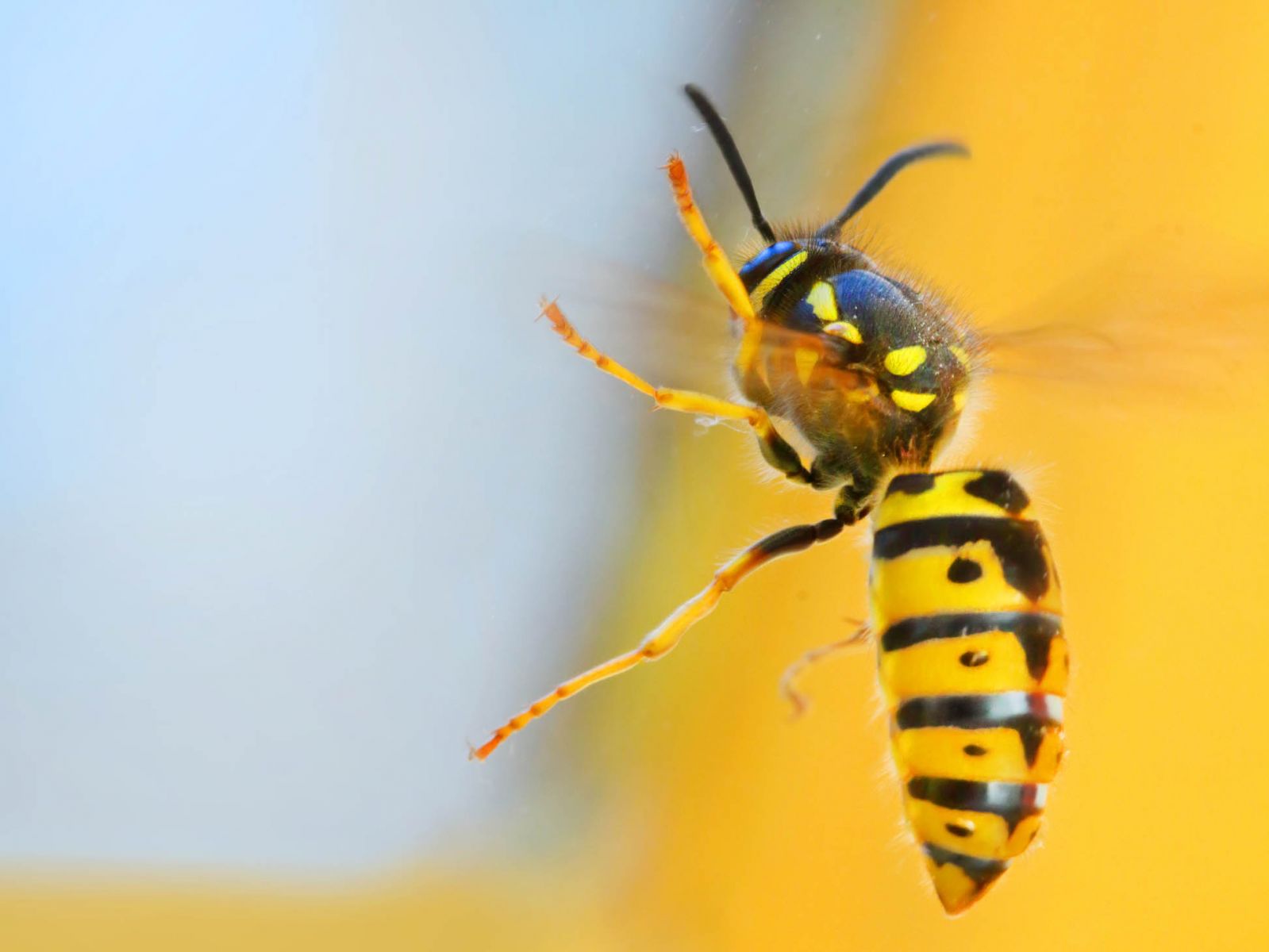
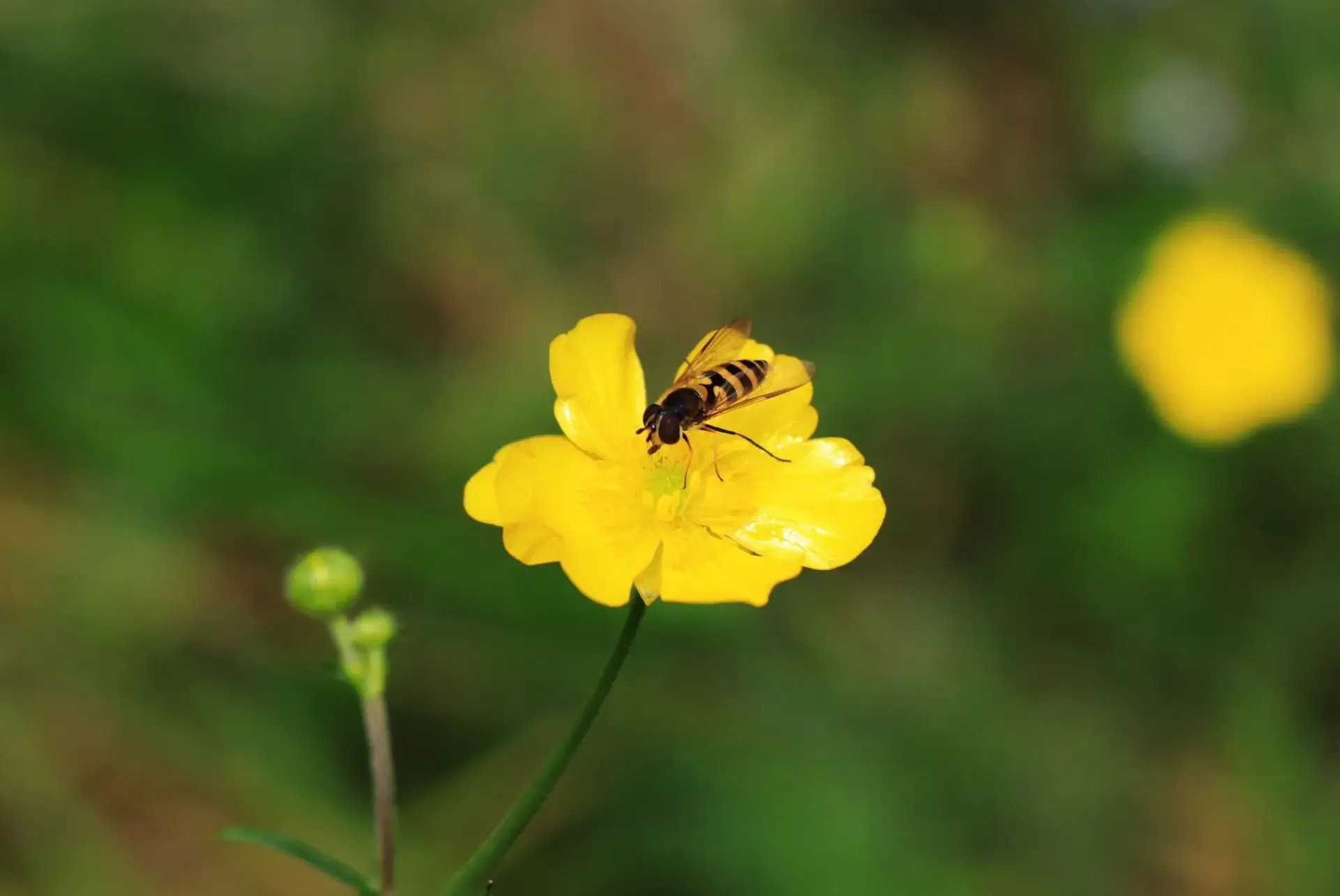
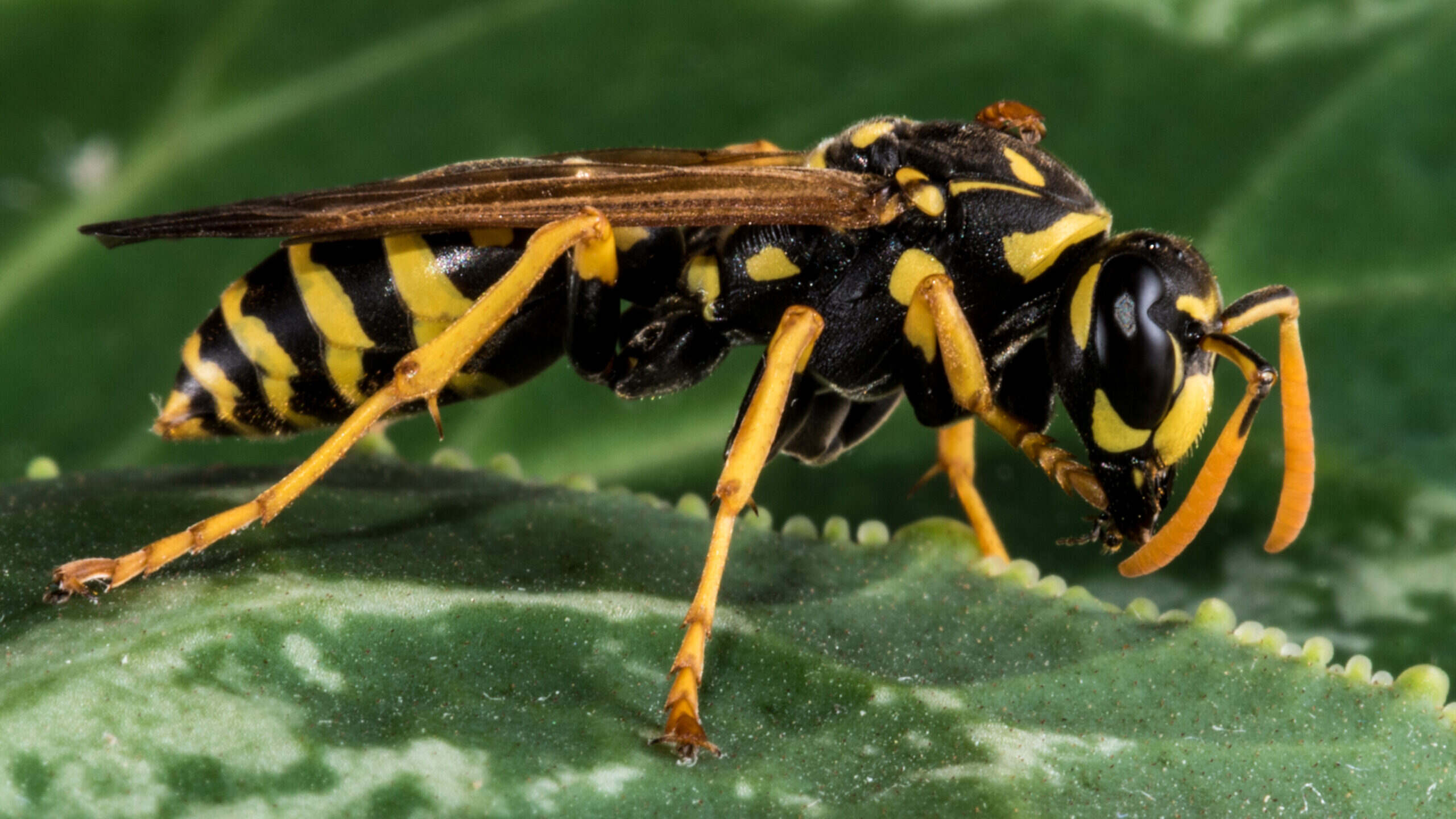
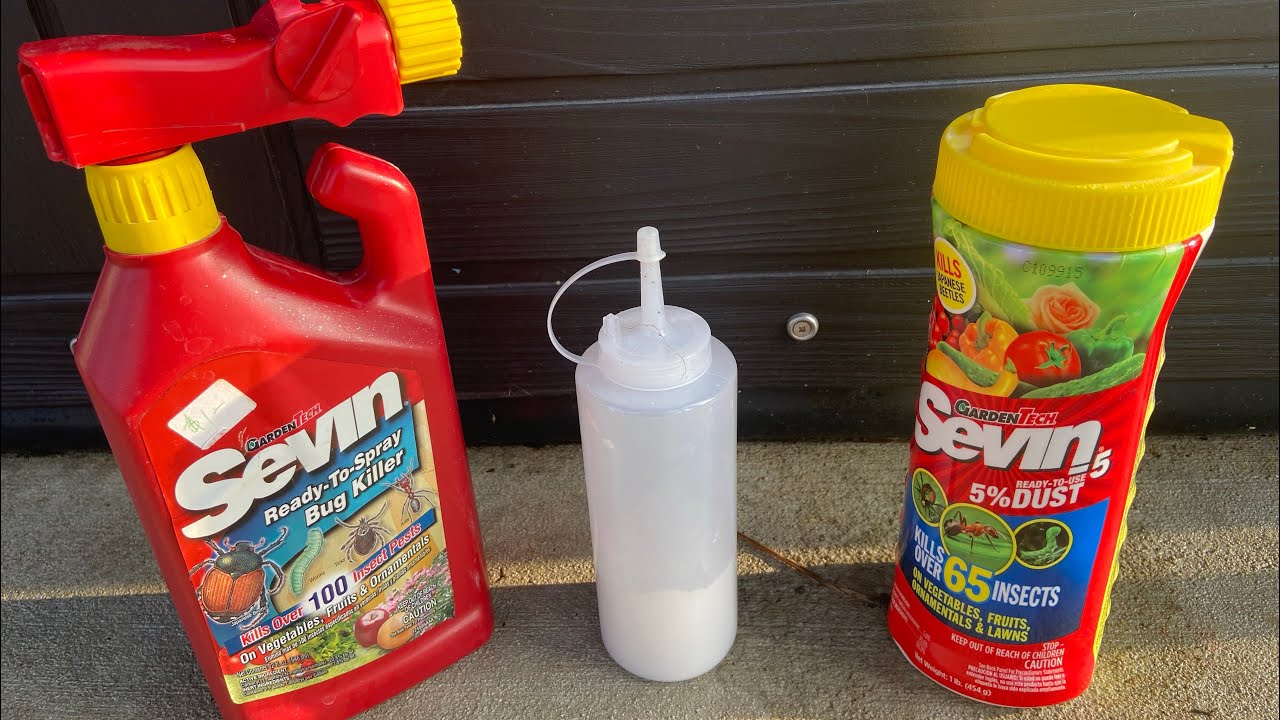
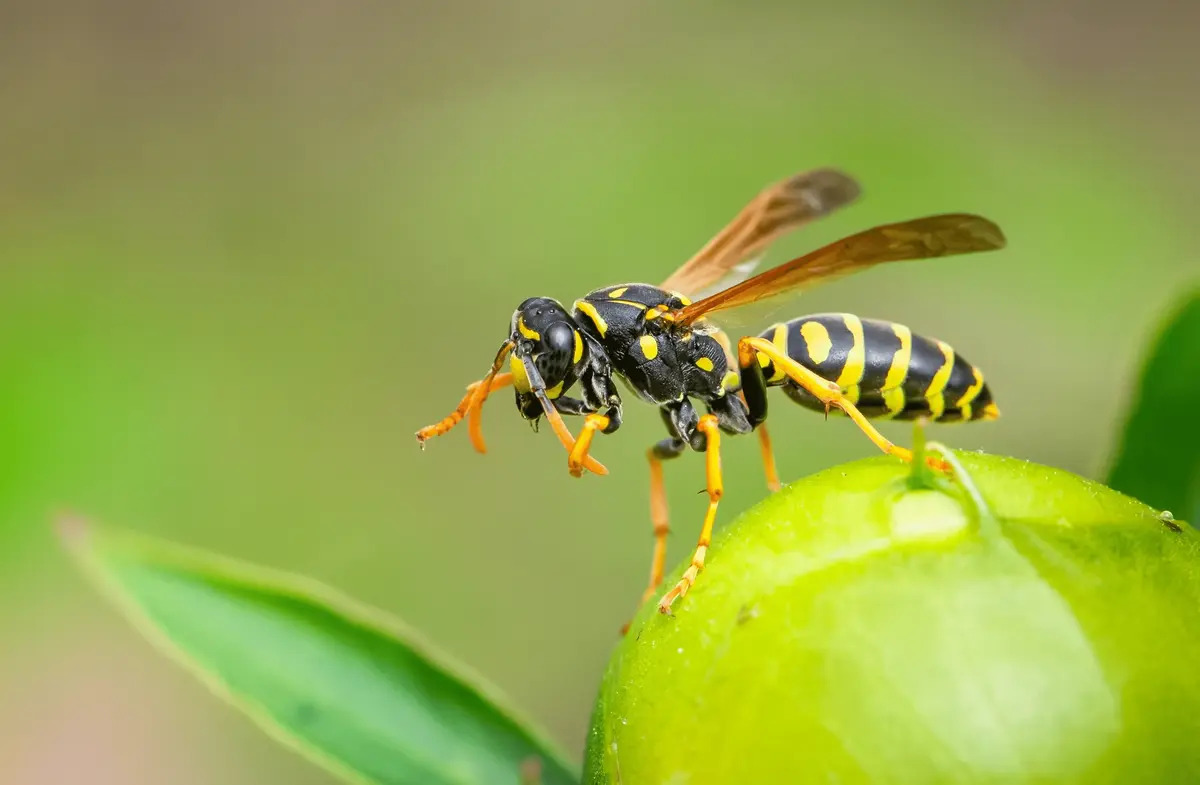
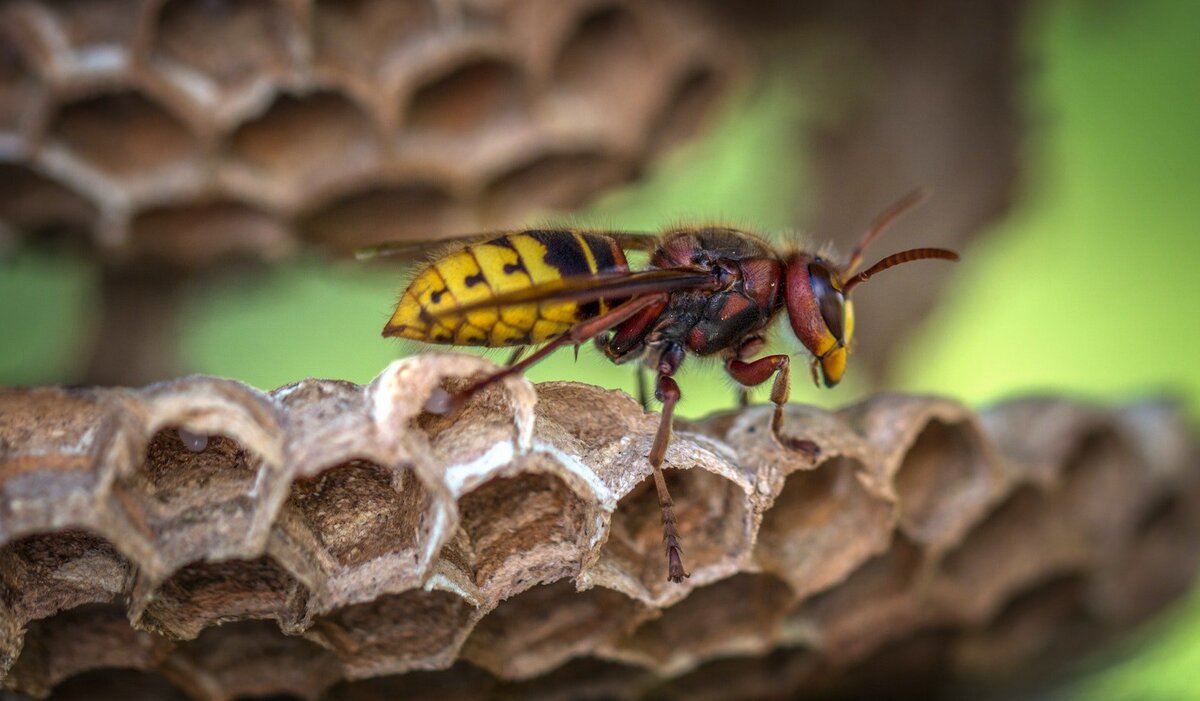
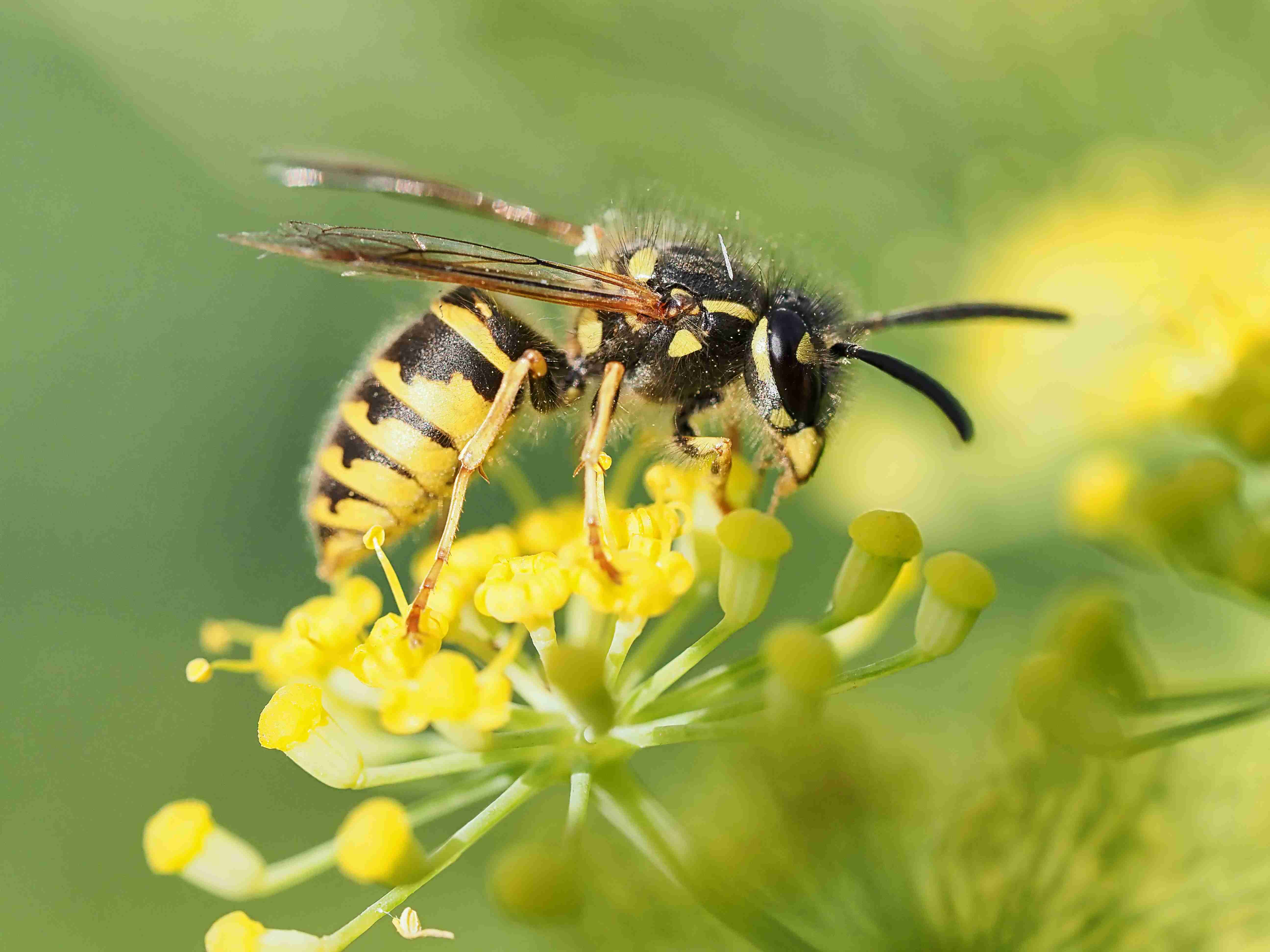
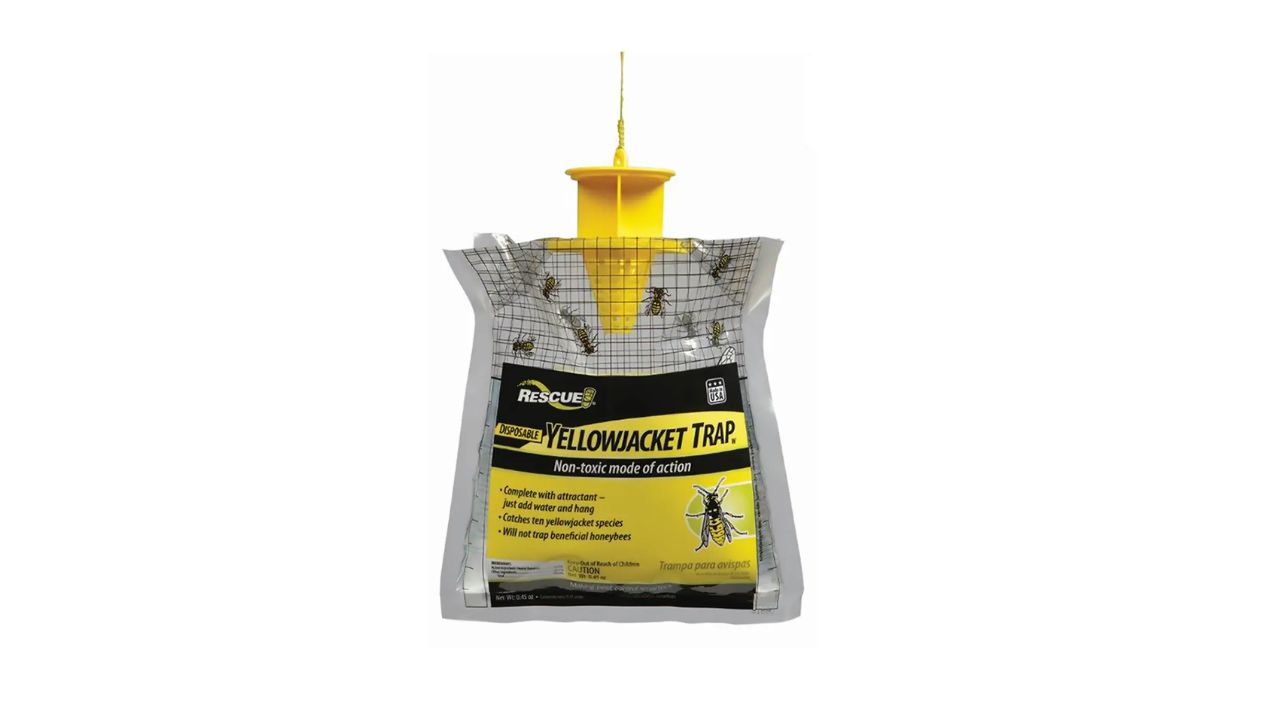
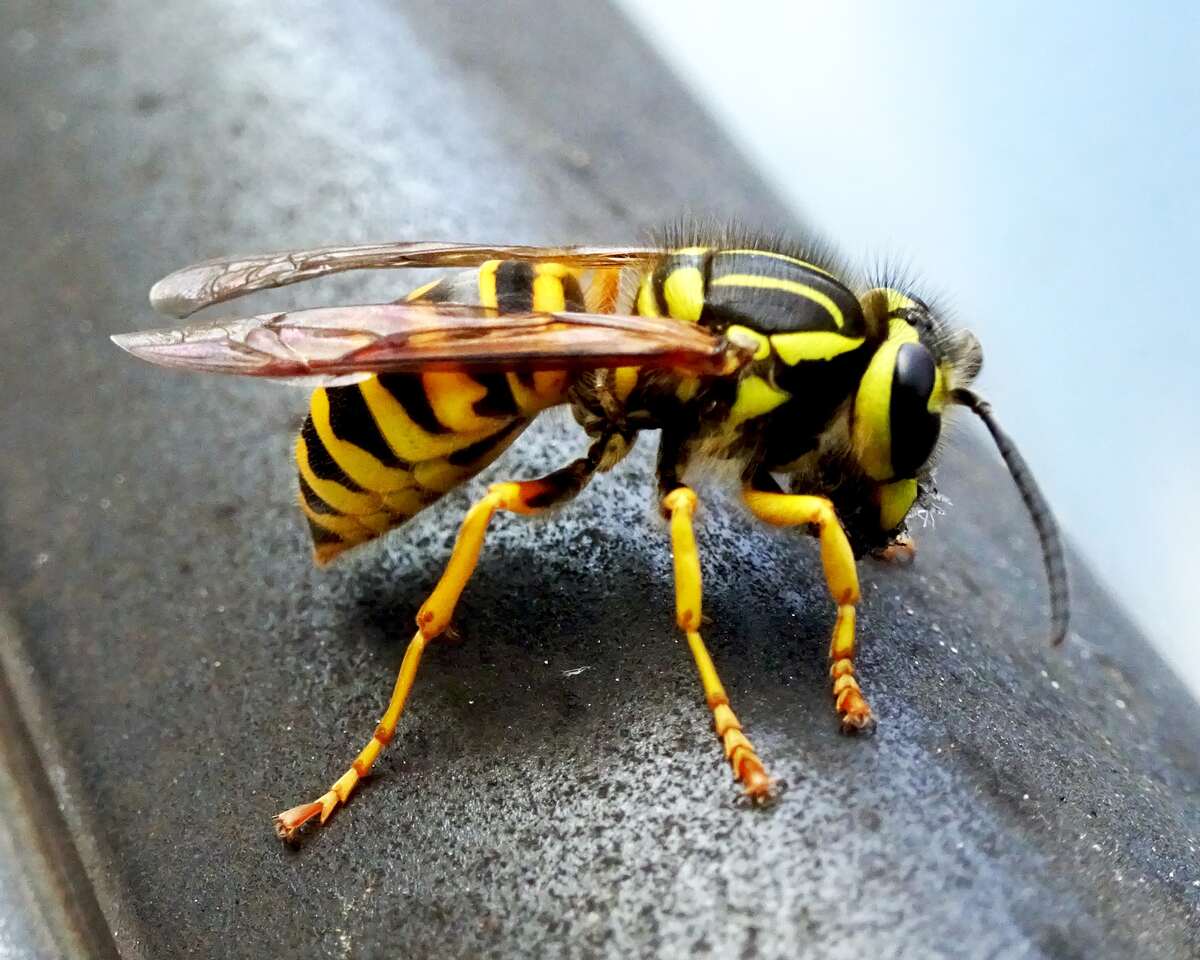
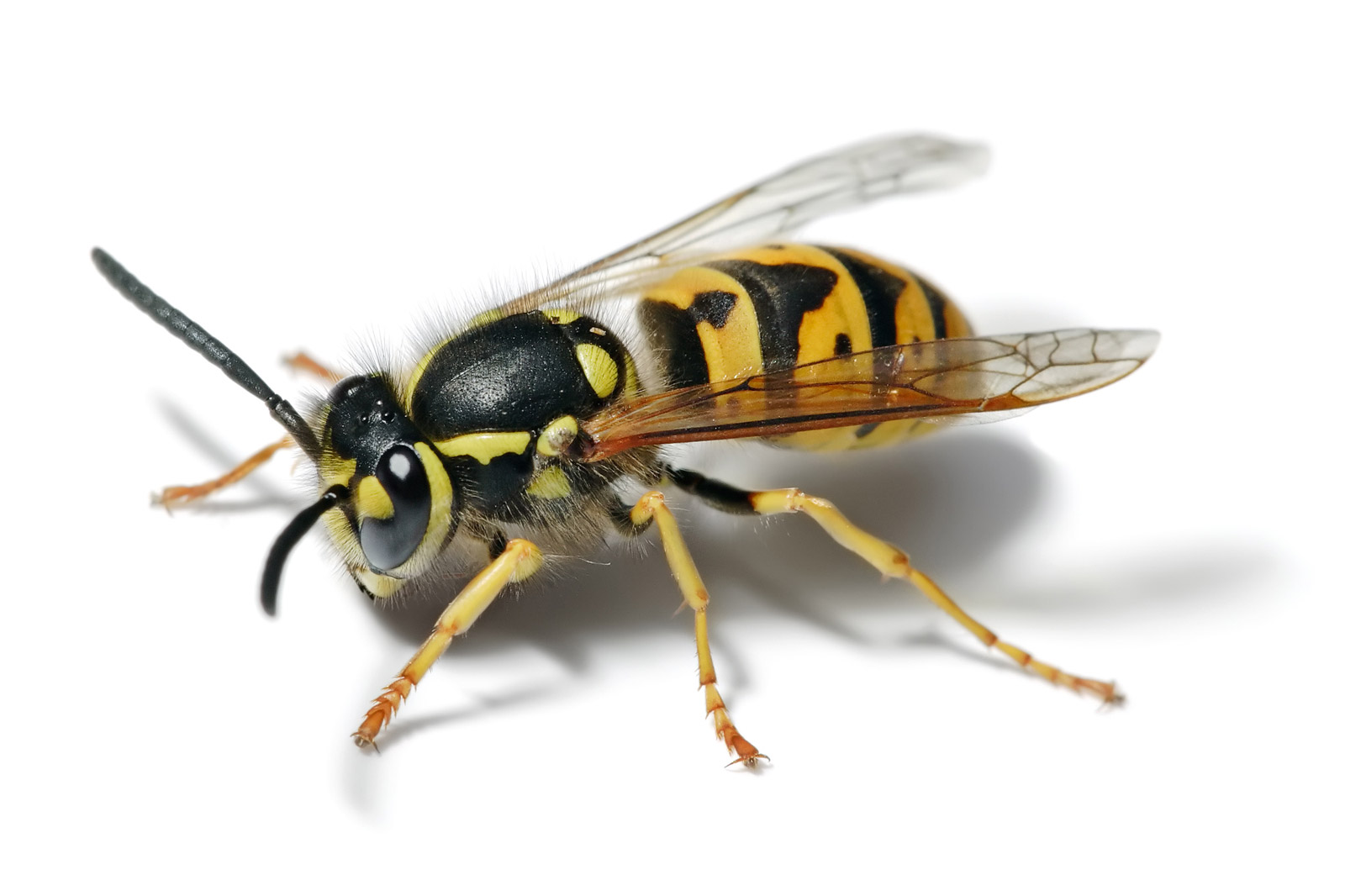
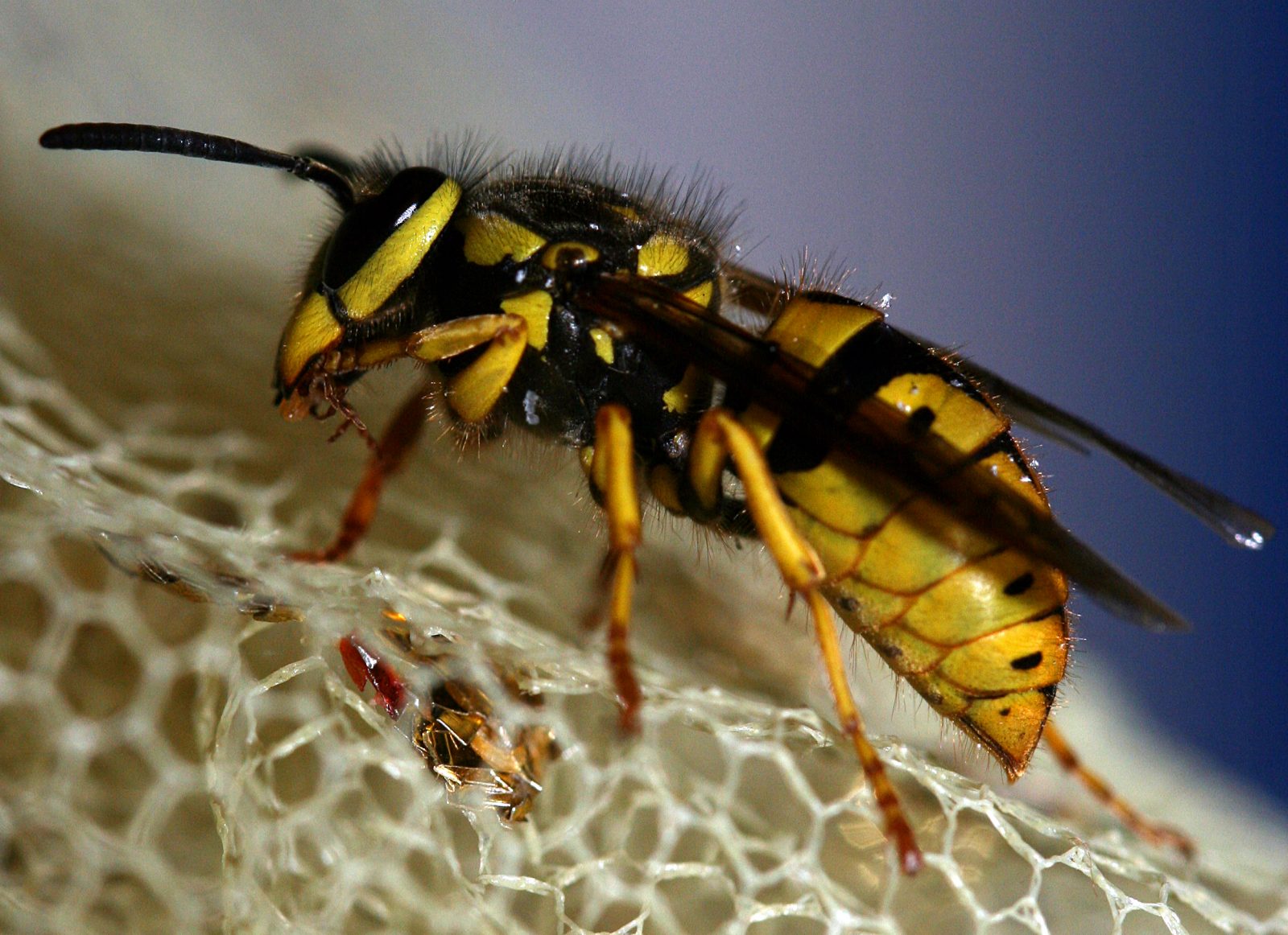
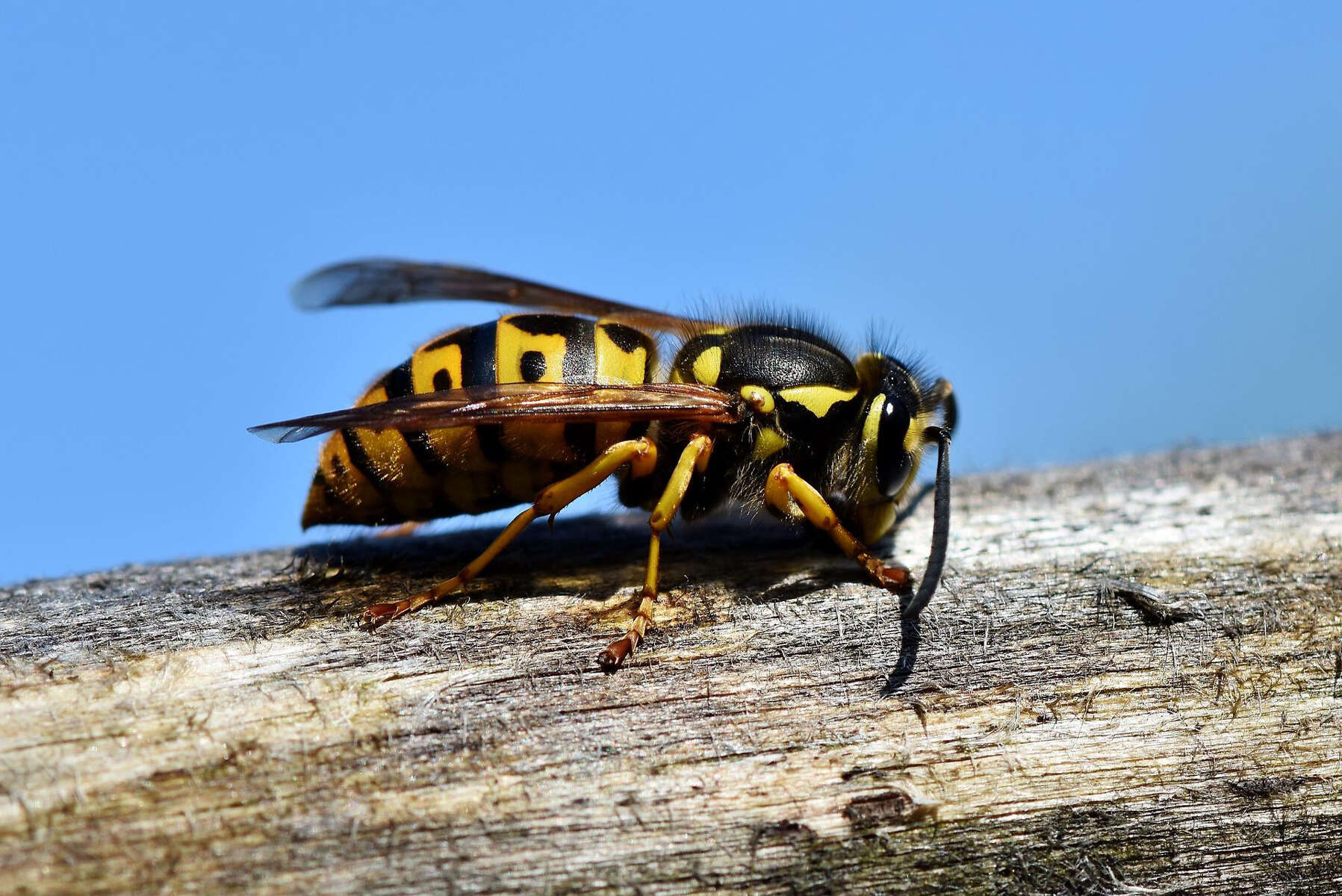
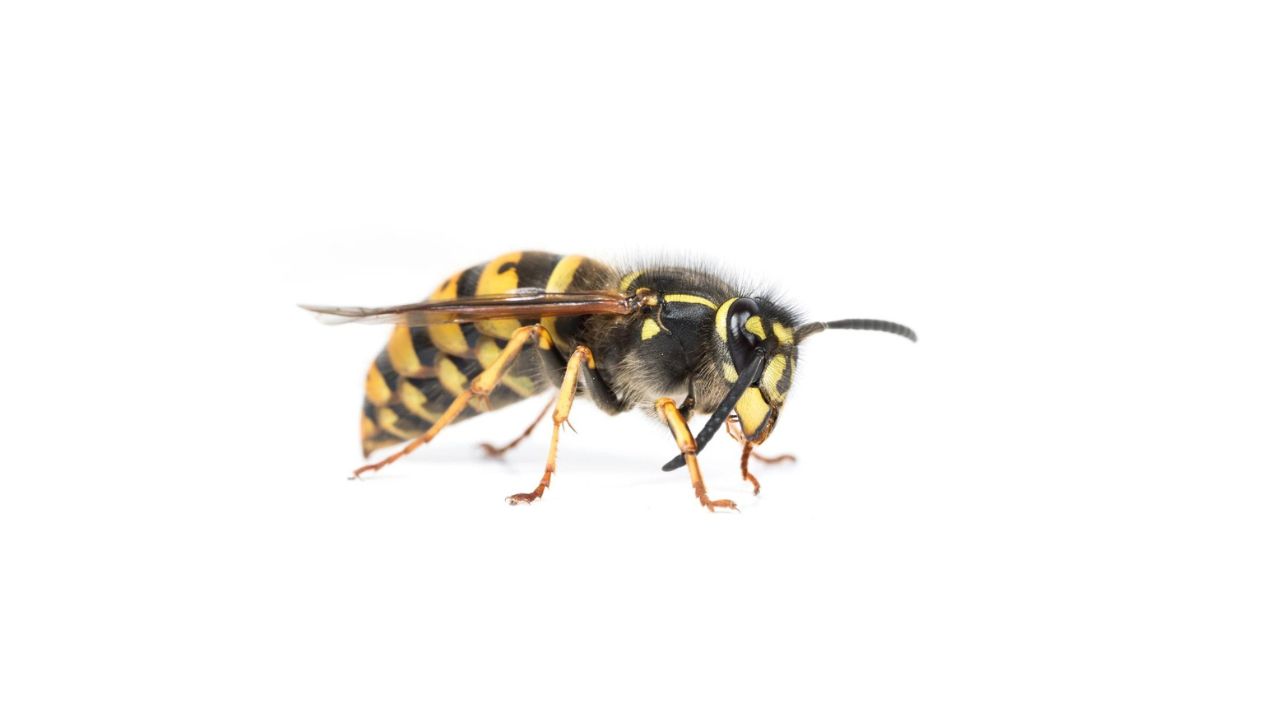

0 thoughts on “What Are Yellow Jackets Purpose”